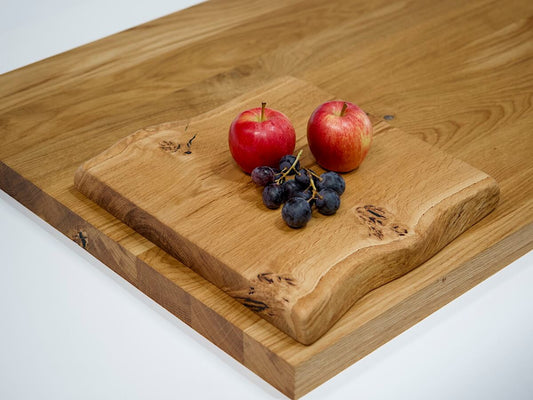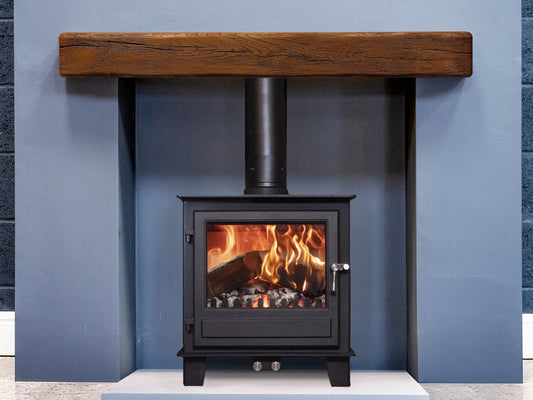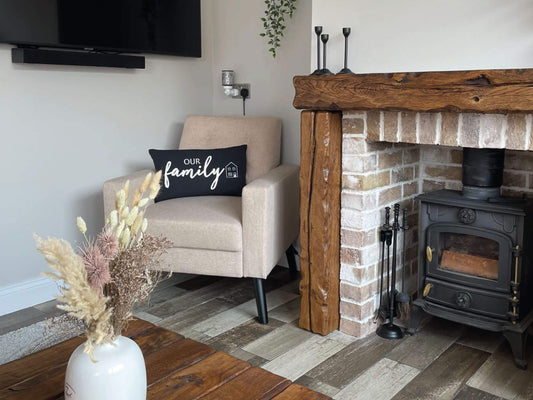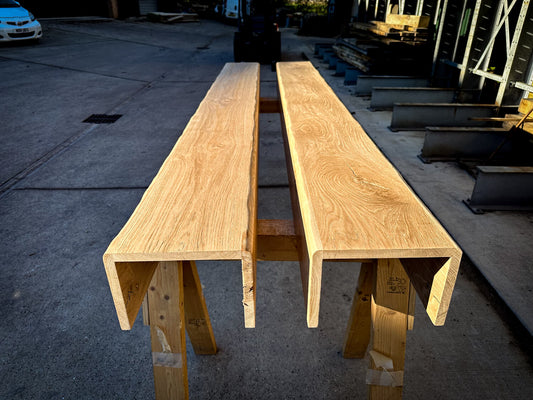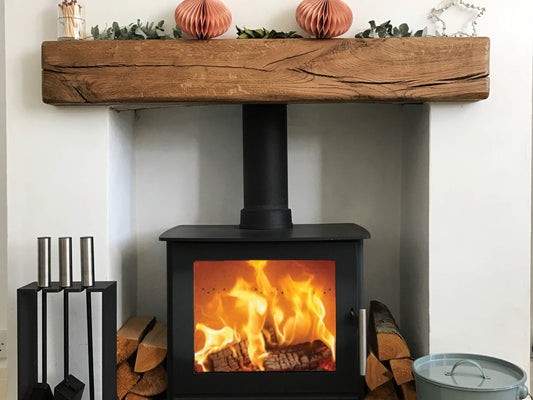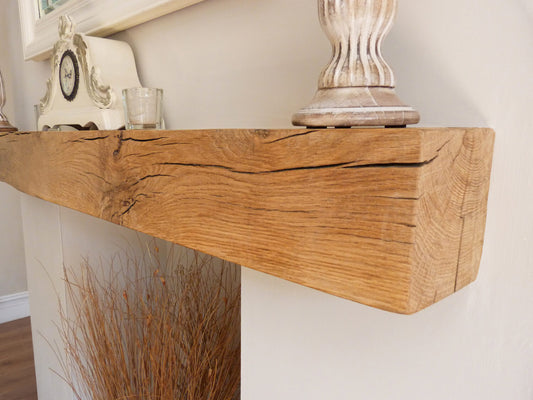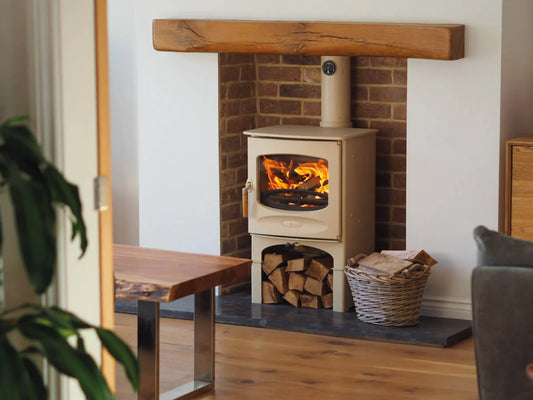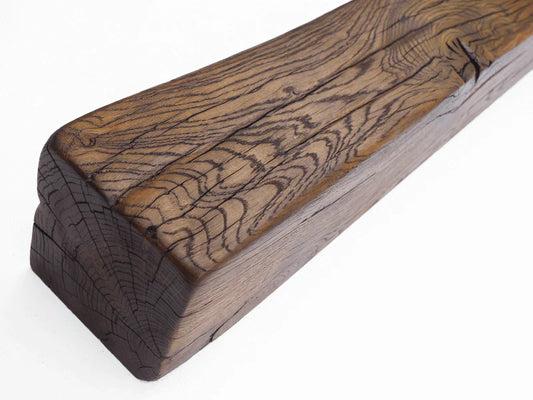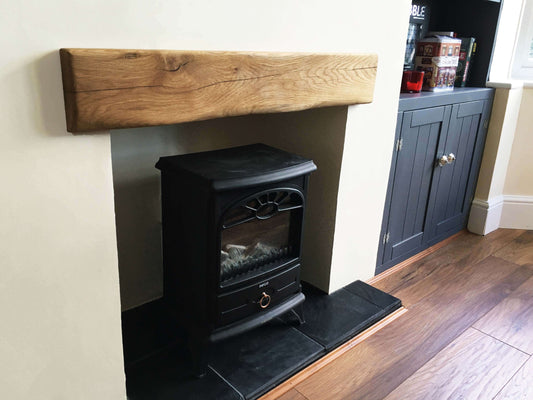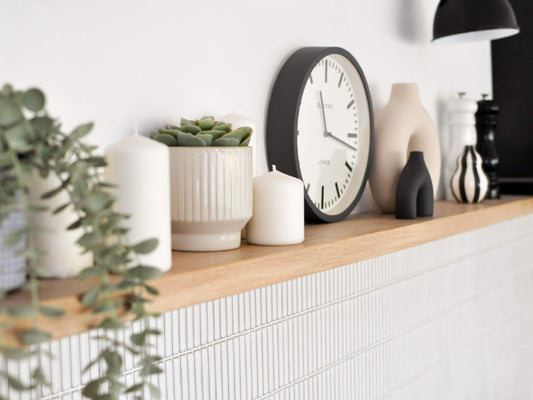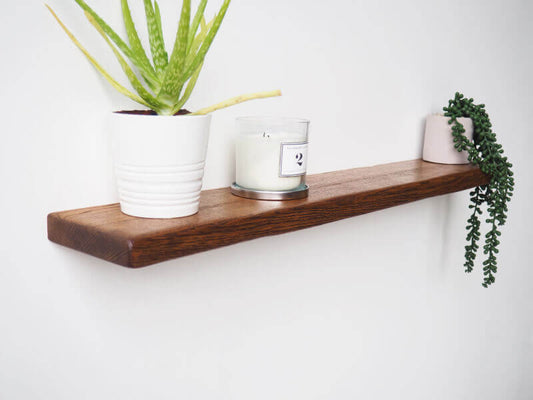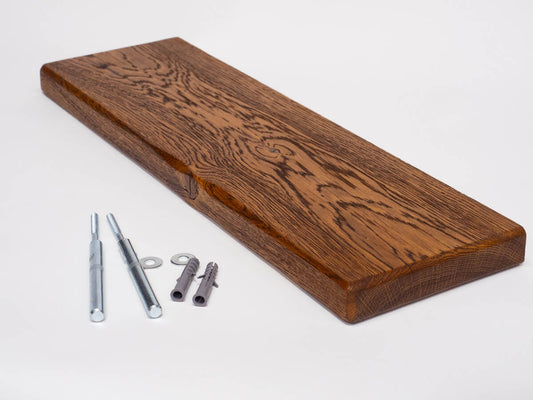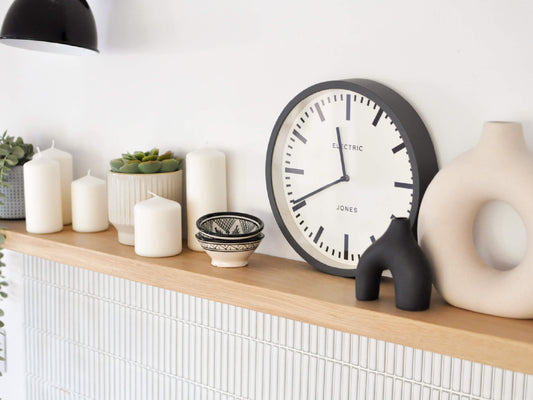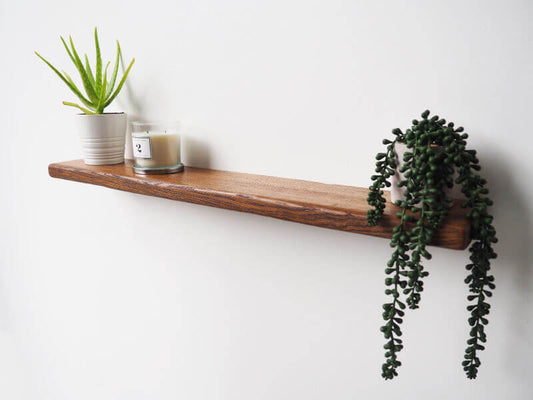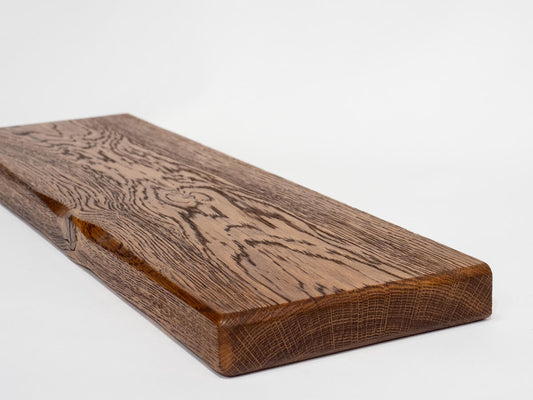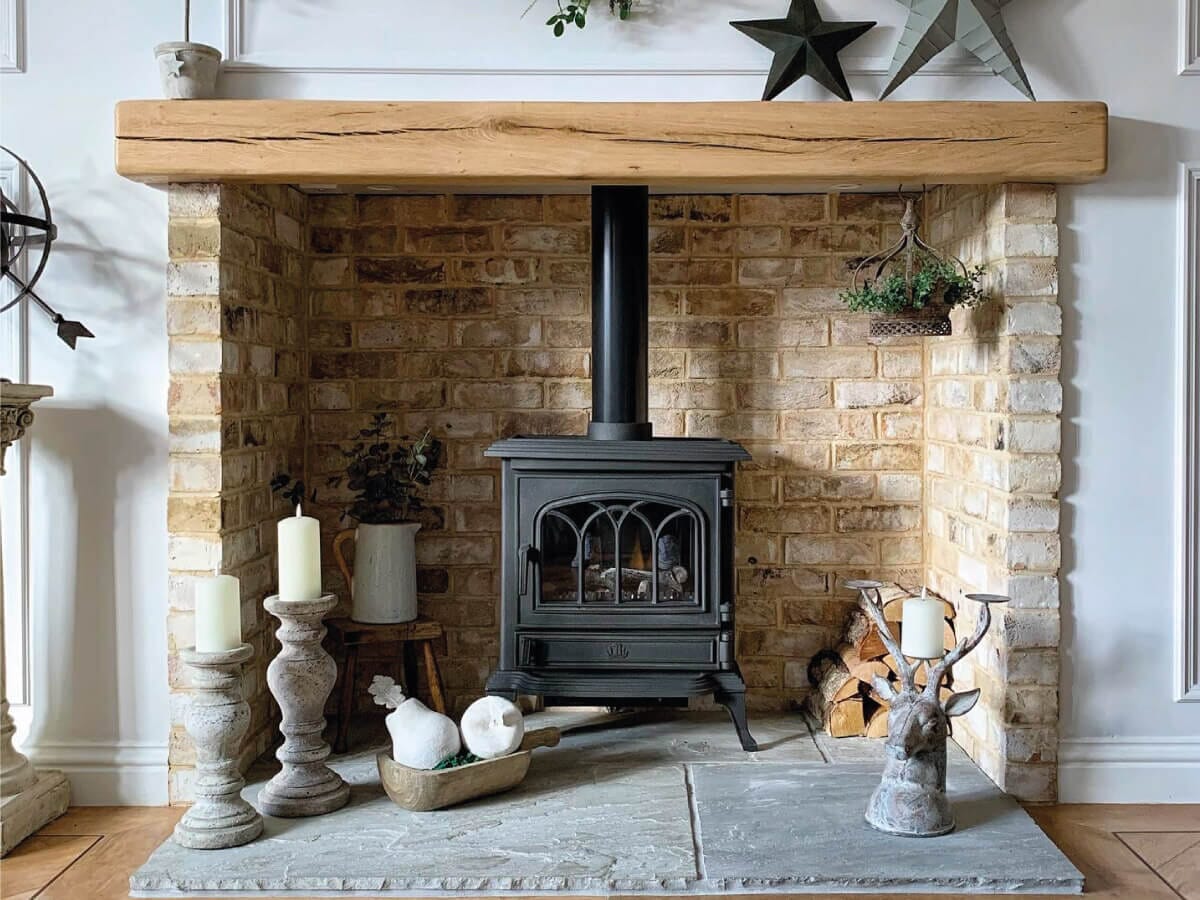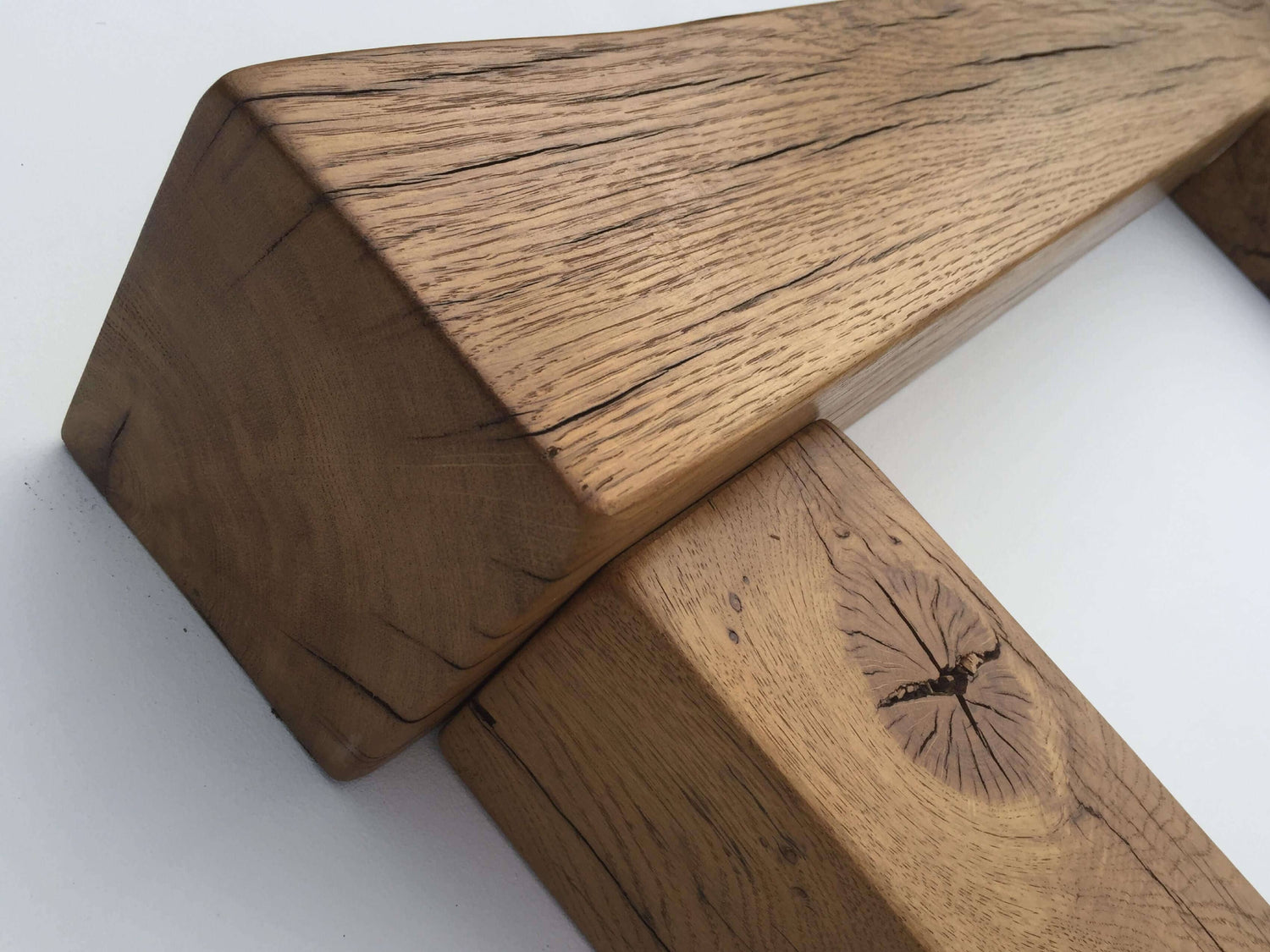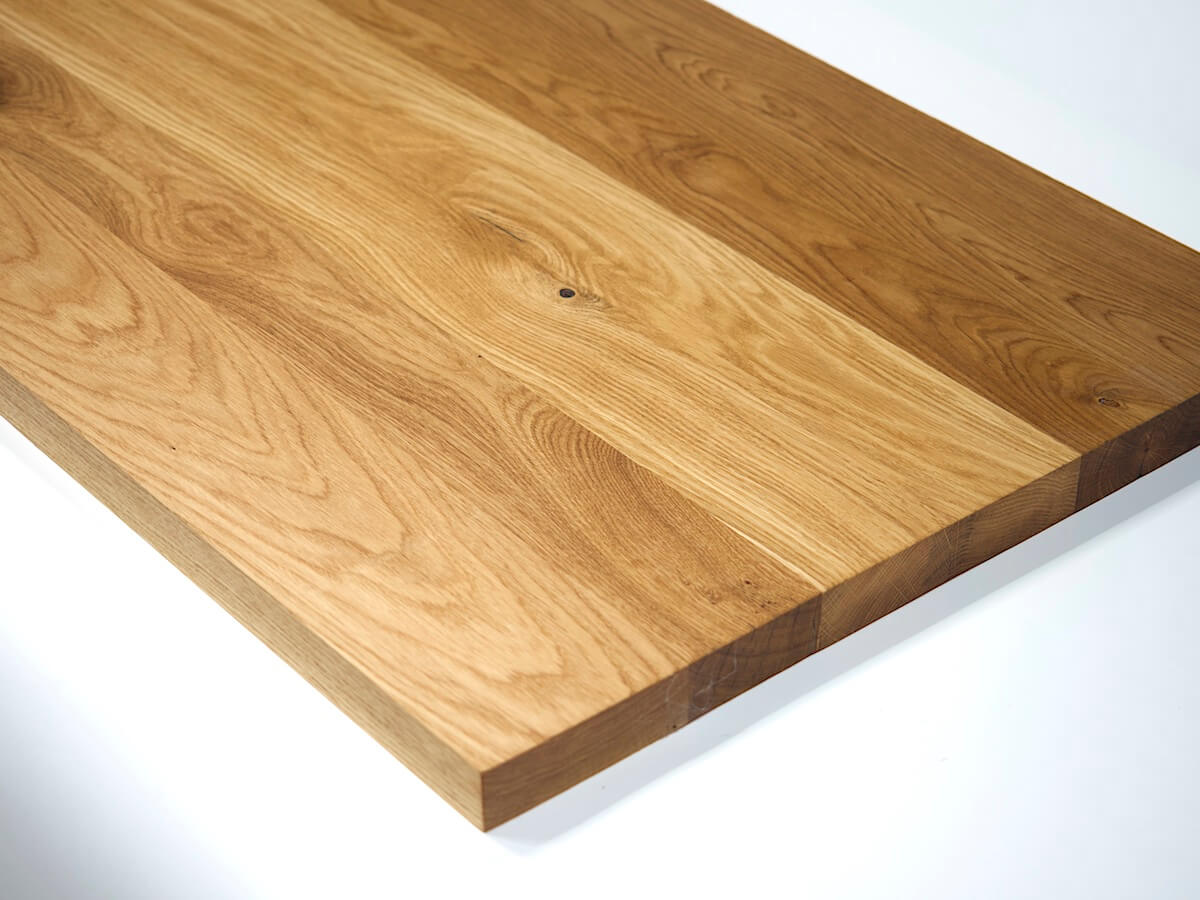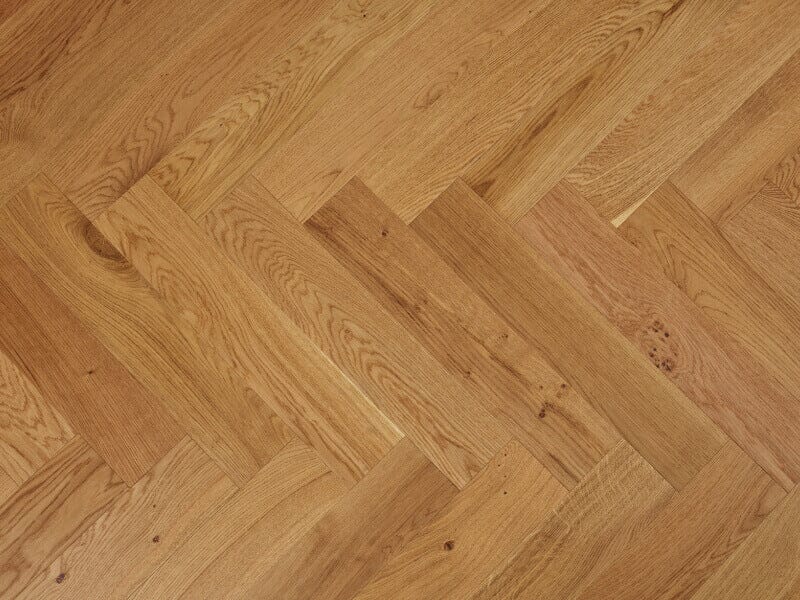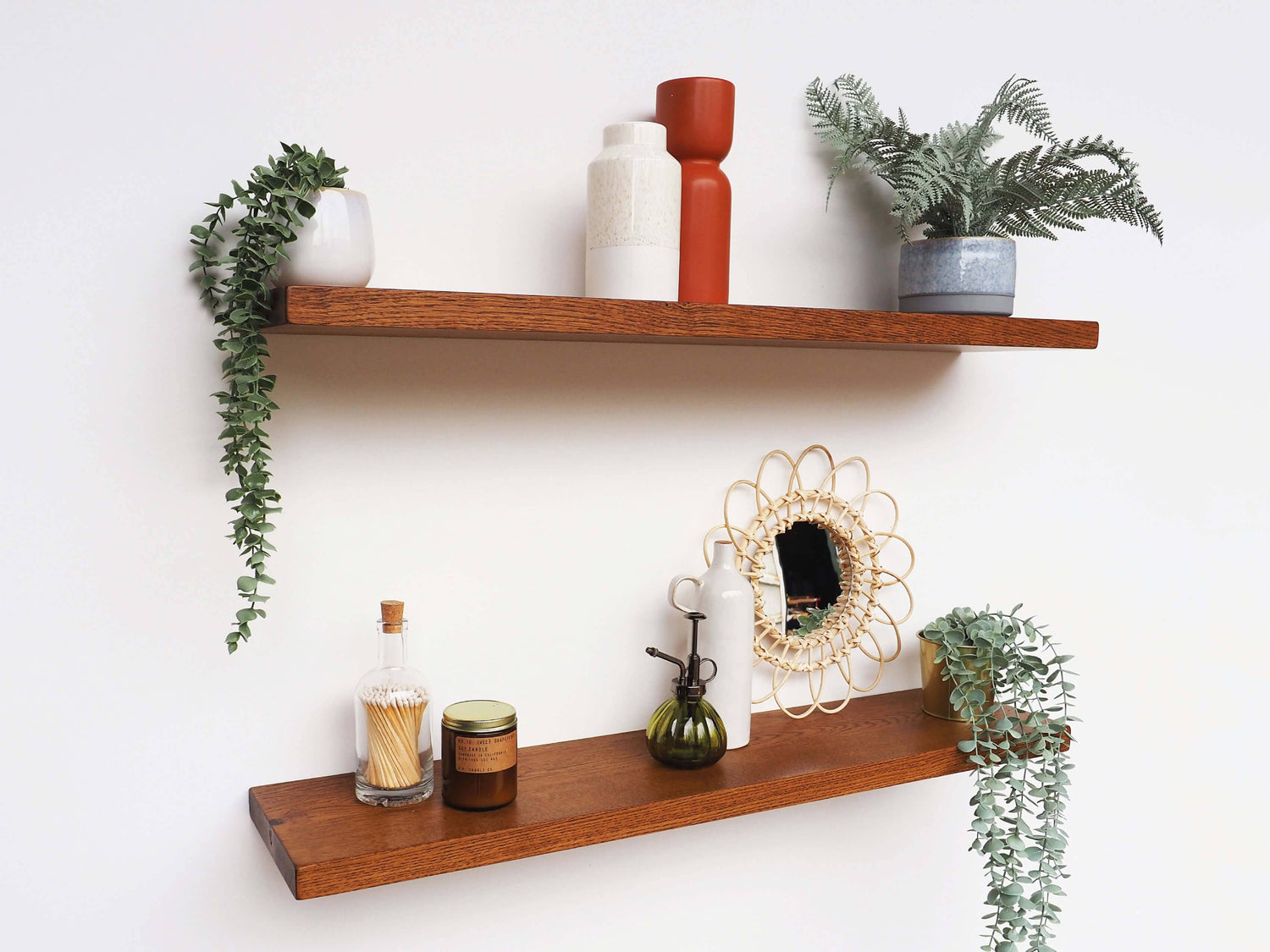
Caring For Your Oak Beams During The Colder Months
Share
Although the festive season is over, we still have to endure the last of the winter months. That means adding an extra few layers to our clothing, such as a wooly hat and scarf when we go outside and turning the heating up when we’re inside. It’s less easy, however to protect your oak beams and timber furnishings against the cold winter months without the proper know-how.
It doesn’t matter if it’s an antique or a brand new dining room set, the cold weather can be bad for your wooden furniture – and it’s not just the wood that’s affected. Wood furniture stored in areas where it is exposed to the winter elements doesn’t last long. It dries out, cracks, deteriorates, fades and ultimately fails. The same can be said for the screws, glue, bolts, fabric and hinges that help hold the furniture together and make it function properly.
So, what can affect your oak beams?
Wood is a natural material that absorbs moisture from the air, so moisture levels in the air can impact on your timbers size, shape and quality. As humidity of the air increases, the moisture content will increase which will cause the wood to expand. However, in winter the humidity is slightly lower which creates a dryer atmosphere which can cause your timber to shrink and when replaced with artificial heating you are removing the possibility for moisture to move freely, this can cause your timber to warp.
The reason cold weather wreaks so much havoc on your wooden furniture is that all wood contains a certain amount of water, which makes it pliable. Even after it has been dried, shaped, sanded and varnished, there is still a small amount of water in the wood. As the air temperature drops, the wood contracts and actually changes its shape. Over the course of a few weeks, your furniture’s new shape might become permanent. As the wood morphs into a new shape, screw heads and glue get pulled in different directions. Sometimes they even separate from the wood entirely.
How do we stop this from happening?
Adding a coating and finish to the wood will help to slow down moisture movement. Also you can use a humidifier to monitor the levels of humidity in your home. This will ensure that the moisture content stays at a healthy temperature which will decrease the possibility of the timber warping and cracking. For those rooms that will not be used during the cold months, furniture can be covered with insulated covers, and wooden windows and panelling can be protected by humidity or temperature controls that allow a safe equilibrium in the room. For particularly delicate or valuable furniture, especially those built in the round, such as spinning wheels, and furniture with extensive marquetry, consider moving these vulnerable pieces to a room in which the environment is stable.
Here at Traditional Beams, we’re here to help you cozy up your home for the winter with our oak beams and wood burning stoves. Got any questions? We’re happy to help.

